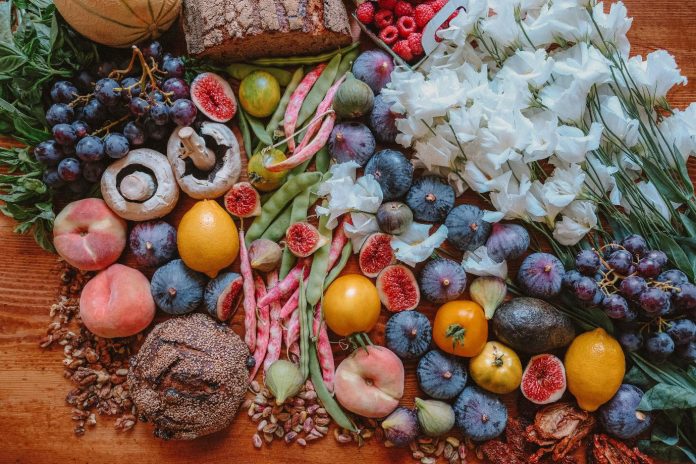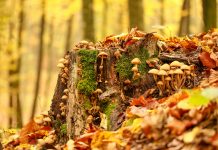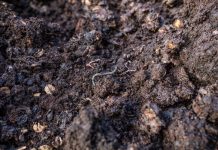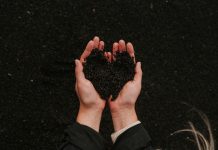In today’s times, nothing is impossible and the system is constantly falling apart. You need to learn how to survive off grid. Use these techniques and useful tips to store your organic food.
Before everything was how it is today, it was different. There were scarce resources, lesser facilities, and people had to make do with whatever they got. They had to preserve food using different techniques and get a little creative to try out different solutions to keep the food safe and useful. All of this is well and good, and our ancestors prepared a few methods to manage the off grid organic food storage but why are we talking about here right now?

The point to notice here is that times are rough, and a single person’s carbon footprint is higher than a hundred people a few centuries ago. It is alarming and the system isn’t going to get any better anytime soon. In such situations, it is important and adventurous to know how to survive on your own in the wild or even at home. It is becoming increasingly important that one knows how to survive off grid and to depend on yourself, not the system.

In this blog, we will tell you about the most important off grid organic food storage techniques and useful tips.
Keep the food cool
The first step towards preserving organic food without refrigerators is to arrange for it to stay cool and keep it cool without any electrical appliances that have to install at the home. However, for food items that require certain temperature to preserve, one may consider using small refrigerated trailers or refrigeration storage units. The following strategies will help you keep your food cool.
Wrap the food in a wet cloth
This method works if the environment around isn’t humid. It will help the food last longer.
A Zeer pot
It’s a couple of different sized clay pots. The larger holds the smaller one but with damp sand or cloth stuffed between the two vessels that make the small pot inside act as a makeshift refrigerator.
Cellaring
This is complicated and only works if you have a cellar but this is also very effective. It involves keeping food in the cellar so it remains cooler than normal and is preserved. Covering food in oil/fat and storing in cellar is incredibly effective. If you don’t have a cellar, you may invest in a shed or portable cottages that you can use for storage. These bolt together buildings are also a great option to consider if you plan to invest in a sturdy storage shed in your property.

Select foods
Use foods that can be stored at room temperature like pickles made with undiluted vinegar. They survive for a long time at room temperature. If you want to improve food preservation, check for a local ‘cellar cooling system near me‘ to keep your stored goods in good condition.
Preserve the food in oil/fat
This is one of the most effective and easiest ways to preserve food as it prevents mold and keeps the food safe from the air outside by the layer of oil on it. Bacteria is something to keep track of in this method as you need to get rid of bacteria before you deploy this method. To increase life, even more, use oil-covered food in a cellar or Zeer pot to increase lifetime.
Use solar dehydrators
It’s a setup that stores the sun’s heat and provides enough air around the food to keep the moisture away and the food from drying, dust, or other items that could harm. You can also treat the solar dehydrator as a DIY project.
Conclusion

To sum it all up, learning to increase your self-reliance and keep your options open in terms of an emergency that may arise any second now, or even just a DIY adventure, you can use the techniques and useful tips above to store organic food that you can use later.














